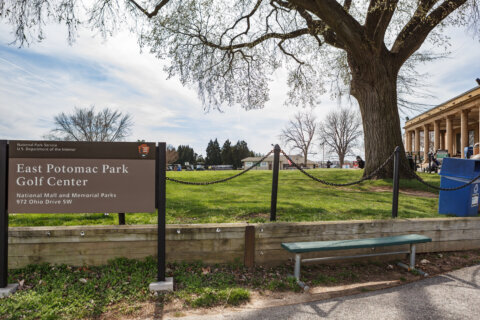A city council member said most D.C. Public Schools students aren’t getting a good education, and he has a plan to come up with solutions.
After 14 years of mayoral control, At-Large D.C. Council member Robert White said the city’s public schools aren’t working for students of color, English language learners and students with disabilities.
“Now a decade-and-a-half later, the promises that were made in terms of performance and outcomes for our students just haven’t been met. Today, under 30% of Black students are on grade level … compared to roughly 85% of white students,” he said.
“At this time, when we are talking about racial justice and talking about equity, we have to take the hard steps forward of doing something about it,” White said.
Black students make up about 75% of the DCPS student body.
On March 2, White will introduce a resolution that will set up a special council committee to conduct a six-month study.
“I want the council to take this into our own hands, with the urgency and importance that this issue deserves and actually do something, instead of requesting a study or recommendations from outside the council that will just go on a shelf,” White said.
He hopes the study will take a deep dive to figure out what’s working and what’s not.
“We’ll listen to parents; we’ll listen to students; we will look at governance structures in other jurisdictions,” White said.
The school system also has a continuing problem getting teachers to stick around.
“The District has the highest teacher turnover in the country, where over a quarter of our teachers leave our school system every year, and over half leave within three years. This just isn’t sustainable for building a school system that works well, especially for our most at-risk students,” White said.
Why do so many teachers leave? White said he wishes he knew.
“Our teachers are some of the highest-paid in the nation and still leaving at an alarming rate. But we don’t collect data, and certainly data is not shared with the council about why teachers are leaving. This is one of the many things that we can explore, when we dig into the governance structure.”








